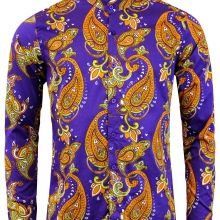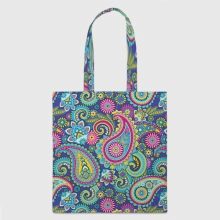All about the paisley pattern
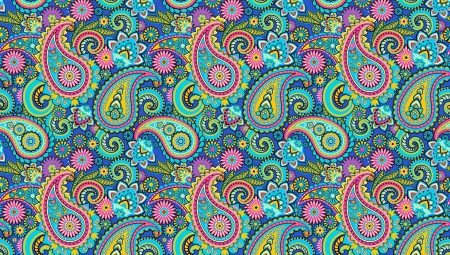
The European name "paisley" refers to the iconic image of Indian ornament, in its outlines resembling a cucumber or a drop. Oriental patterns are known all over the world and are used to decorate many things, from interior details to clothing and bijouterie.

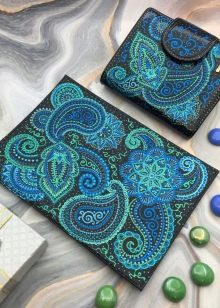

The origin of the pattern
The name of the ornament in different countries sounds different, among them: oriental cypress, paisley or tears of Allah, but they refer to the same figure, in the form of a cucumber with a thin and rounded end. The small Scottish town of Paisley gave the "Turkish cucumber" a big road in the field of decorative design of textiles and accessories., which began the production of fabrics using unusual oriental ornaments.

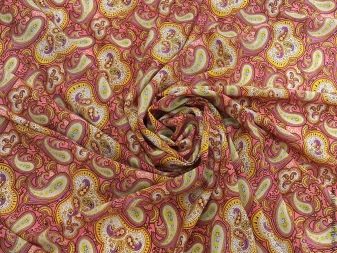
At first, in the 19th century, the Scots produced shawls and natural textiles, imitating the fashionable cashmere products of the time. The times of British colonial rule in the East brought many Indian as well as Persian motifs in the design of clothing and adornments to the everyday life of English society. Many military and civil servants who visited Eastern countries brought home shawls and fabrics with a bewitching pattern, which could be admired for a long time.

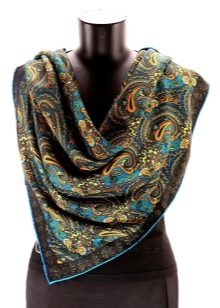
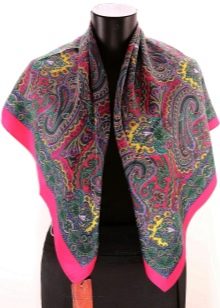
The original pattern on the fabric has since become a classic and is called "Paisley" by fashion historians. Its popularity has grown and spread throughout the world through its use in decorative items in Western Europe. However, many experts attribute the origin of the spectacular "cucumber" pattern to the times of the Persian Safavid dynasty. The shape of the image resembles the embryos of sprouted legumes or a cucumber with a stalked tail.Among the population, the image of the seed was associated with fertility and harvest, and over time it became an attribute of the clothing of the wealthy aristocracy.
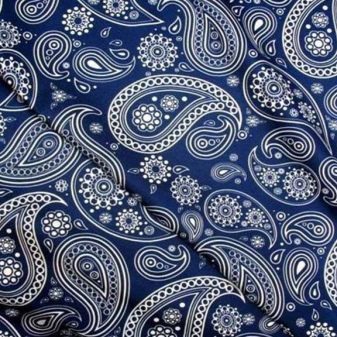

In the Azerbaijani style of ornament, such images are a symbol of fire and adorn carpets, dishes, textiles, as well as the facades of buildings. This interpretation is due to the fact that the cucumber form is inherent in the leaves of the steppe bush or buta, which was burned in temples for its narcotic effect. Followers of the religion of Zoroastrianism widely used the symbolism of buta for painting cult and everyday objects. Another interpretation of the cucumber ornament is its comparison with the ancient Chinese yin-yang symbol. During archaeological excavations in England, metal objects of the Celtic culture were found with oriental patterns engraved on them, identical in shape to paisley.
Perhaps the spread of the mysterious ornament over a large territory, including Europe, Asia and Africa, can be explained by the well-developed trade that has existed since ancient times.
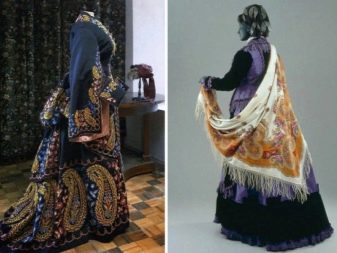
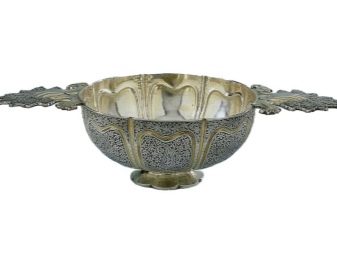
The meaning of the ornament
The dynamic pattern on household items and fabrics in the form of repeating images of oriental cucumbers has long attracted wide consumer interest. Shawls and clothes with fashionable symbols brought from the colonies or woven on the looms of Scotland became a sign of the wealth of the owners. But then the original print, beloved by many Europeans, began to be printed on simple cotton fabrics, and the things decorated with it ceased to be a luxury item. Any member of the working class could afford a chic shawl decorated in an oriental style.
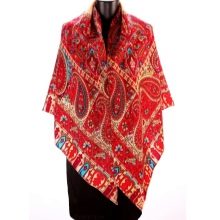

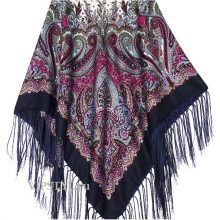
The intricate colors of carpets and other accessories in the east were made from repeating patterns of buta or cucumber. In some cases, they were all directed in one direction, while in others they were reflected, as in a mirror. A certain order or arbitrary arrangement of individual elements left a free space between them, which was filled with decorative graphic motives. Of the many interpretations of the meaning of the "oriental cucumber" pattern, the most common are the following:
- the outline of the cypress;
- cashew shape;
- mango fruit seeds;
- germ of legumes.
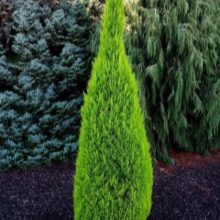
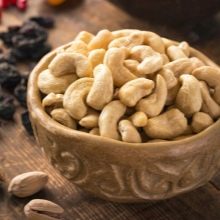

Leaves of the cult plant buta, the heady aromatic smoke of which was used during rituals associated with the goddesses of the plant kingdom - Mitra and Ahura Mazda.
Stylized flower petals or pimpled fruits that have become a symbol of fertility.
Feathers from the lush tails of pheasants or roosters, which in Central Asia were revered as sacred birds.

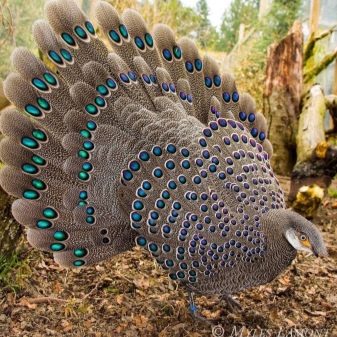
Sparks of flame associated with ideas of courage and eternity, present in the coat of arms of Azerbaijan.
Egyptian ear of wheat associated with the sign of immortality.


In the first half of the twentieth century, paisley ornament went out of fashion trends and was sometimes used to decorate outerwear for everyday use. The vibrant colors of cucumber patterns could be found on dressing gowns or pajamas. The Turkish cucumber received a new life in the 1960s with the emergence of the hippie movement, the ideological basis of which was based on Indian philosophy and culture.
The use of oriental design for the youth fashion of the time meant supporting the rebellious spirit, one way of expressing one's disagreement with the traditional values of the old society.
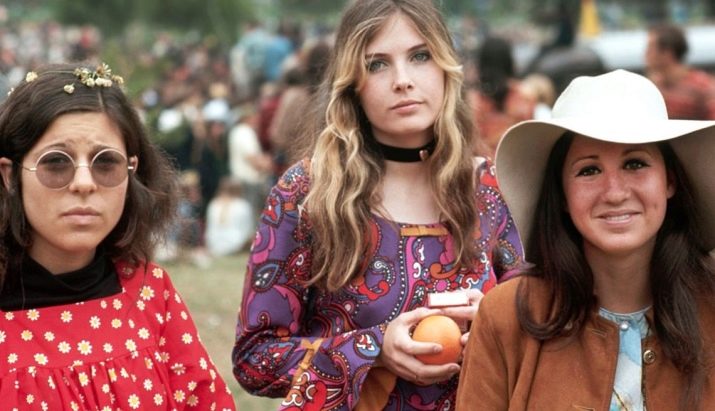
The oriental bob or buta attracted many representatives of multiculturalism, such as the Beatles and Rolling Stones. Many artists have turned their attention back to the philosophy and decorative arts of India, visiting the country and bringing forgotten ornaments from it to Western design. The exotic cucumber motif again took the leading place on the front pages of fashion magazines, they began to decorate household items, cars and wardrobe items.The example of rock and roll stars quickly spread among the trendsetters, and numerous adherents of the sexual revolution received clothes with a symbolic oriental print. During one of San Francisco's grandest hippie festivals, the paisley pattern helped sustain a new generation's rejection of the mainstream of consumerism.
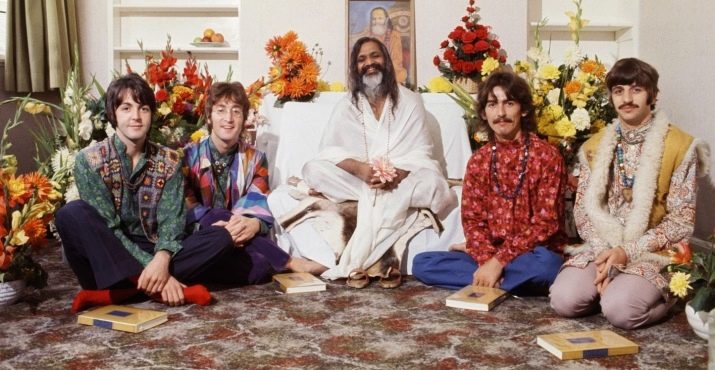
Application
The periodic return of fashion to the theme of "Indian cucumber" confirms the cyclical nature of its development. Many fashion designers use this ancient and timeless ornament to create colorful and creative looks, breathing life again into the fading popularity of the paisley style. The cucumber, which simultaneously resembles legume seeds, feathers and flower petals, includes many smaller graphic details. In the oriental version, the ornament is always associated with bright multi-colored patterns, but in the European versions there is a monochrome design of fabrics and household items.
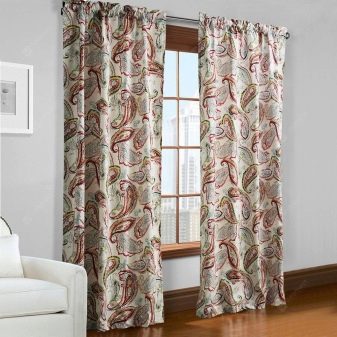

In clothes and accessories
In modern fashion trends, you can find the decoration of clothes and shoes in an oriental style. A new wave of interest in the paisley pattern since the beginning of the 21st century has arisen thanks to the famous couturier Girolamo Etro, who began to widely use it in his collections after traveling to India. Many trendsetters have taken up this motive, and new technologies have made it possible to carry out many experiments on the image of the ornament, not only on fabrics, but even on leather jackets.

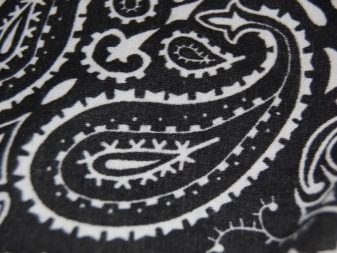
The universal oriental pattern is often found not only on women's clothing, but also on men's shirts or scarves, reminiscent of cowboy outfits of past centuries. In a dress, shawls and pants with a cucumber ornament, you can walk at home or attend a festive event. Residents of any country, age, gender and build can choose suitable items of clothing or accessories decorated with an oriental pattern. The famous weaving factories in the city of Ivanovo have already become traditional manufacturers of printed chintz fabrics and scarves decorated with Turkish cucumbers.
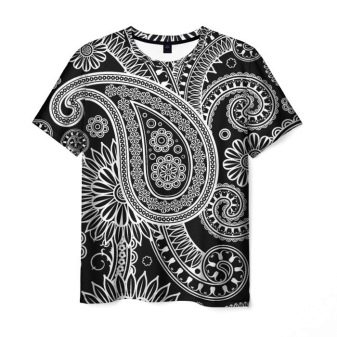

A peculiar type of headdress, called the bandana because of its use by American gangsters in the 70s of the twentieth century, does not go out of fashion.
A small scarf with a cucumber print is worn by men and women of all ages, and individual accessories decorated with Turkish cucumbers go well with denim or fur clothes.
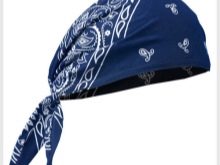

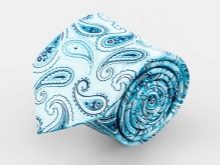
In the interior
From carpets and crockery, paisley ornament moved to many interior details. Textile curtains against the background of modern finishing materials and furniture look like an airy addition of flying petals. Upholstery of upholstered furniture, bedspreads or bed linen in Indian style bring the flavor of oriental fairy tales to the atmosphere of the house. Wallpaper with a cucumber pattern will add a motif of colonial luxury to the design of premises for various purposes.
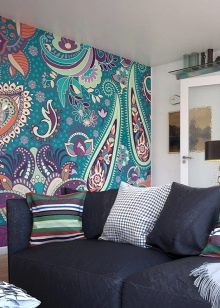
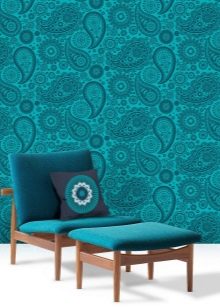

Paisley ornament is very popular due to its ability to be used for universal design of various objects. It organically looks both in small and large designs on clothes, accessories and interior elements.

